Imagine navigating every city transit option through a single app that plans your route, books your ride, and manages your payments.
This is the evolving reality of Mobility-as-a-Service. As urban centers expand globally, the demand for scalable, efficient transportation solutions intensifies, positioning MaaS as a pivotal innovation in urban mobility. It integrates multiple transport options—trains, rideshares, bicycles—often combined into one seamless trip.
The global market for Mobility as a Service was valued at approximately USD 1.69 billion in 2023 and is projected to reach USD 1,698.14 billion by 2032, with a Compound Annual Growth Rate (CAGR) of 19.4% during this period.
What is Mobility-as-a-Service?
Mobility-as-a-Service is a concept that unifies various transportation services—including public transport, ridesharing, car rentals, and micro-mobility options like e-bikes and scooters—into a single accessible digital platform.
This model allows users to plan, book, and pay for their journeys through one application, eliminating the need to switch between different providers and systems.
MaaS operates under two models: subscription-based or pay-as-you-go, letting users pay only for what they need. This system is designed to reduce reliance on private cars, cut transportation costs, and improve the efficiency and convenience of urban travel.
The Idea Behind Mobility-as-a-Service
Given the complexity of modern urban transport needs, MaaS offers a cohesive solution by leveraging various technological advancements.
The Asia-Pacific region is expected to dominate the market, driven by rapid urbanization, rising fuel prices, and the high cost of vehicle ownership in countries like India and China.
The development and adoption of MaaS stem from several critical factors:
- Urbanization and Congestion: Rapid urbanization has increased congestion in cities worldwide. According to the World Bank, more than 55% of the global population now lives in urban areas, a figure expected to rise to 68% by 2050. This concentration of people strains existing transportation systems, leading to traffic jams, pollution, and longer commute times.
- Environmental Concerns: Traditional transportation modes, especially private car ownership, contribute significantly to greenhouse gas emissions. The transportation sector is responsible for nearly 24% of global CO2 emissions from fuel combustion. MaaS promotes using shared and public transport options, helping lower emissions and supporting sustainability goals.
- Technological Advancements: Smartphones and the widespread adoption of digital payment systems has made integrating multiple transport services into a single platform easier. The growth of AI and IoT enables real-time data analysis and predictive modeling, enhancing the efficiency and user-friendliness of MaaS solutions.
- Changing Consumer Preferences: Younger generations are increasingly favoring access over ownership. This shift is evident in the rising popularity of ridesharing, car-sharing, and bike-sharing services. MaaS caters to this trend by offering a flexible and cost-effective alternative to owning a car.
Universal Design and Accessibility of Mobility-as-a-Service
MaaS emphasizes universal design, making transportation accessible to all, regardless of age, ability, or circumstance.
This focus on inclusivity brings several benefits:
- Wheelchair Accessibility: MaaS platforms like London’s Citymapper include features specifically for wheelchair users, such as routes that avoid stairs and provide real-time updates on elevator availability. This feature ensures individuals with mobility impairments can navigate the city independently and confidently.
- Personalized Travel Assistance: Platforms like SkedGo, used in over 500 cities worldwide, offer customization options for users with disabilities. For example, in collaboration with Autism CRC, SkedGo’s app can direct people on the autism spectrum to less crowded train carriages, a feature that has become widely beneficial, especially during the COVID-19 pandemic when avoiding crowds became a public health priority.
- Adjustable Travel Speeds: For individuals with ambulatory impairments, those carrying heavy luggage, or those traveling with young children, MaaS apps can recommend slower walking routes or provide additional time for transfers between different modes of transport. This feature is invaluable for ensuring a stress-free travel experience for a wide range of users.
Case Study: London’s Citymapper and Step-Free Routes
Overview
Citymapper is one of the most innovative Mobility-as-a-Service platforms, transforming how residents and visitors navigate London’s complex transportation network. The platform offers real-time public transit information, multi-modal travel options, and detailed routing guidance.
Features of Step-Free Routes
- Accessibility Prioritized Over Speed: Step-free routes in Citymapper prioritize simplicity and accessibility over travel times. While some routes may take longer, they avoid obstacles such as stairs and gaps between trains and platforms, making the journey manageable for people with reduced mobility, parents with strollers, and travelers with heavy luggage.
- Customized Walking Times: The app adjusts walking times for users with mobility impairments, ensuring suggested routes account for different walking speeds and resting needs. This customization helps users feel more comfortable and reduces the stress associated with navigating a busy city.
- Accurate Station Data: London has one of the most extensive and complex public transit systems globally, with numerous stations that are difficult to navigate. Citymapper has collected and curated data for thousands of train stations, detailing accessibility features such as step-free access points, elevator locations, and the presence of wide gaps between trains and platforms. This detailed data is crucial for planning accessible routes.
- Real-Time Updates and Community Feedback: Citymapper continually updates its step-free routing information based on user feedback and real-time data. Users are encouraged to report issues or suggest improvements through the app, making the service a community-driven effort that evolves with the needs of its users.
- Avoiding Complicated Transfers: Transfers can be challenging for individuals with mobility issues. Citymapper’s step-free routes are designed to minimize complicated transfers between lines and modes of transport, directing users to the most straightforward path through the transportation network.
Impact on Urban Mobility
Citymapper’s focus on accessible travel routes has significantly impacted urban mobility in London by:
- Enhancing Inclusivity: By providing detailed step-free routing options, Citymapper ensures individuals with disabilities, the elderly, and parents with young children can access public transportation with greater ease. This inclusivity helps foster a more accessible and equitable city.
- Improving Travel Confidence: Navigating a city as large and complex as London can be daunting for those with mobility challenges. Citymapper’s clear and accessible routes provide users with confidence and reassurance, enabling them to travel independently.
- Encouraging Public Transport Use: With more accessible options, people who might otherwise avoid public transportation due to mobility constraints are more likely to use it. This increased adoption supports London’s goals of reducing traffic congestion and lowering emissions.
Challenges and Feedback Integration
Although successful, creating step-free routes presents several challenges. The diverse architecture and varying accessibility features of London’s train stations mean that not all stations can provide step-free access. Additionally, elevator outages and construction work can disrupt planned routes.
Citymapper actively addresses these challenges by relying on user feedback to keep its data up-to-date. This collaborative approach ensures the app remains a reliable tool for accessible travel planning.
Future Developments
Citymapper plans to further enhance its step-free routing capabilities by integrating more real-time data sources and expanding these features to more cities. The ultimate goal is to create a universally accessible platform that can adapt to the unique needs of its users, no matter where they are traveling.
By continuing to refine and expand its features, Citymapper will help London become a more inclusive city and serve as a model for other cities looking to improve their transportation accessibility.
Impact on Travel and Consumer Behavior
MaaS is redefining the way people think about transportation, providing a more integrated, flexible, and user-centric approach:
- Dynamic Travel Solutions: MaaS platforms can adjust travel routes and recommendations in real-time, accounting for weather, traffic, and user preferences. For instance, if heavy rain is forecast, a MaaS app might suggest avoiding a planned bike ride in favor of taking a bus or train.
- Shift in Vehicle Ownership: By offering convenient and cost-effective alternatives, MaaS is gradually reducing the desire for car ownership. Studies have shown that car use noticeably declines in cities where MaaS is well-implemented, indicating a shift toward shared mobility.
- Enhanced User Experience: The ability to book, pay, and plan a multi-modal trip through a single app simplifies the travel process, making it more appealing to commuters who might otherwise rely on private vehicles. This ease of use is particularly impactful in encouraging the adoption of more sustainable travel habits.
Examples Highlighting the Effectiveness of MaaS
Whim App Case Study: Financial Model and User Feedback
Image credit: Whim
Challenges Faced During Implementation
The Whim app, launched in Helsinki in 2016, was one of the first large-scale attempts to implement MaaS. Despite its innovative approach, the platform faced several challenges:
- Integration with Multiple Providers: One of the primary difficulties was coordinating with a wide range of transport providers, including public transit, taxis, car rentals, and bike-sharing services. This required extensive negotiations and agreements to ensure seamless integration and service consistency across the board. Maintaining these partnerships in a fragmented market proved challenging.
- Technical Complexity: Implementing a system that could handle different types of transportation modes, payment methods, and dynamic route planning was technologically demanding. The initial lack of multimodal route planning capabilities was a significant hurdle. The team had to overcome issues related to urban planning, payment systems, ticketing, and real-time travel data collection, which were essential for providing a comprehensive service to users.
- Consumer Adoption and Market Awareness: Another challenge was to educate the public on the benefits of MaaS and changing established travel habits. Many users were accustomed to single-mode transportation, and convincing them to adopt a new, integrated system required substantial marketing and user education efforts.
- Financial Viability: The cost of subsidizing rides to make the service attractive to users and the expenses of maintaining the app and partnerships put financial pressure on the company. Although MaaS Global, the company behind Whim, initially saw increased public transport use, ensuring long-term financial sustainability remained challenging.
Financial Model and Sustainability
Whim operates on a multi-tiered subscription model, which includes:
- Pay-As-You-Go: Users pay for services as they use them, similar to traditional transportation modes but with the added convenience of a unified platform.
- Urban and Unlimited Subscriptions: The “Urban” package offers access to public transport and taxis within city limits, while the “Unlimited” package provides unlimited access to all forms of transport, including rental cars, throughout the region. This model aimed to replace private car ownership by offering a more cost-effective and convenient alternative.
- Revenue Generation and Partnerships: Whim’s revenue model is based on subscription fees and partnerships with transport providers. However, maintaining profitability has been challenging, particularly as the company heavily subsidized rides to attract users. MaaS Global, the company behind Whim, has explored expanding to other cities and regions to scale its model and spread out operational costs.
User Feedback and Adoption
User feedback for the Whim app has been generally positive, particularly regarding the convenience of having multiple transportation options in one app. Key points of user feedback include:
- Convenience and Integration: Users appreciated the ability to plan, book, and pay for various modes of transportation in one place. The app’s seamless integration of different transport modes was a significant plus, reducing the hassle of switching between different apps and payment methods.
- Customization and Ease of Use: Many users found the app intuitive and easy to use, with features like route customization and the ability to track their frequent routes. The app’s predictive abilities were well-received, such as suggesting the best travel option based on the user’s history and real-time conditions.
- Issues with Reliability and Coverage: Despite the positive feedback, some users reported issues with the app’s reliability, particularly when services were unavailable or disrupted. Expanding the coverage area and improving real-time updates were common suggestions from the user community.
Suica System in Japan: Integration and Congestion Management
Image credit Suica
Japan’s Suica card system initially launched as a contactless smart card for public transport payments, has evolved into a comprehensive MaaS platform. Its integration into the MaaS ecosystem includes the following key elements:
- Integration with Multiple Transport Modes: The Suica card, used for buses, trains, taxis, and retail purchases, is now integrated with MaaS platforms. Users can switch between transport modes seamlessly without needing multiple tickets or payments. The system’s interoperability has been a cornerstone of its success, offering a convenient and flexible solution for millions of daily commuters.
- Handling Millions of Transactions: The Suica system manages millions of daily transactions across Japan’s extensive transport network. The system can handle congestion more effectively by incorporating AI and real-time data analytics. For instance, it helps distribute passenger loads more evenly across the network by suggesting alternative routes during peak times.
- Congestion Management and Real-Time Data: The integration of AI allows the Suica system to predict congestion and optimize traffic flow. Analyzing historical data and real-time conditions can provide users with alternative routes, reducing the pressure on overcrowded trains and buses. This dynamic response capability has been crucial in managing congestion in one of the world’s busiest urban areas.
Business and Environmental Benefits of MaaS
Economic Benefits for Businesses:
- Cost Savings: MaaS helps companies cut costs by reducing the need for company cars, and lowering expenses on maintenance, insurance, and fuel. Large corporations like Google and Salesforce have adopted MaaS for their employees, reducing the need for parking infrastructure and promoting a culture of sustainable commuting.
- Employee Satisfaction and Retention: Offering MaaS as part of an employee benefits package can enhance job satisfaction and help retain talent, particularly in urban areas where parking and commuting can be significant challenges.
Environmental Benefits for Businesses:
- Reduction in Carbon Emissions: A study conducted in London found that a well-implemented MaaS system could reduce CO2 emissions from urban transportation by up to 30%. This reduction is achieved by promoting shared and public transport options over private car use.
- Promotion of Electric and Hybrid Vehicles: MaaS platforms increasingly integrate electric vehicles into their offerings, contributing to the broader adoption of cleaner transportation technologies. Air pollution levels have substantially decreased in cities like Oslo, Norway, where EVs are a significant part of the MaaS ecosystem.
Role and Impact of Connected Cars and Car Manufacturers in MaaS
1. The Role of Connected Cars in MaaS
Connected cars are key to the MaaS ecosystem. These vehicles are equipped with Internet connectivity and advanced telematics, allowing them to communicate with other vehicles (V2V), infrastructure (V2I), and MaaS platforms (V2X). This connectivity enables the seamless integration of private and shared vehicles into MaaS, facilitating efficient route planning, real-time traffic management, and dynamic service optimization.
- Data Integration: Connected cars generate vast amounts of data, including location, speed, and driver behavior, which can be leveraged by MaaS platforms to optimize service delivery. For instance, real-time traffic data can help reroute vehicles to avoid congestion, improving travel times and reducing emissions.
- Safety and Efficiency: The advanced driver-assistance systems (ADAS) in connected cars enhance safety by reducing human error, a significant factor in traffic accidents. This makes them ideal for integration into MaaS, especially for shared or autonomous vehicle fleets where safety is paramount.
- Autonomous Vehicles: The development of autonomous, connected cars is a significant driver for MaaS. These vehicles can operate within a MaaS framework, providing on-demand transportation without the need for human drivers, which can reduce labor costs and improve service scalability.
2. Impact on Car Manufacturers
The rise of MaaS is transforming the traditional business models of car manufacturers, pushing them to adapt to a future where vehicle ownership might decline in favor of shared mobility solutions.
- Shift in Business Models: Car manufacturers are transitioning from solely selling vehicles to providing mobility solutions. Through its Kinto brand, companies like Toyota are investing in MaaS platforms and car-sharing services, aiming to be a part of the future mobility ecosystem rather than just vehicle providers.
- Strategic Alliances and Investments: Many car manufacturers are forming partnerships with technology companies and MaaS providers to integrate their vehicles into shared mobility networks. For example, General Motors has invested in Lyft and Cruise, its autonomous vehicle unit, to position itself as a leader in the future of MaaS and autonomous driving.
- Vehicle Design and Innovation: Manufacturers are developing vehicles specifically for shared mobility. These cars are designed with durability, easy maintenance, and passenger comfort in mind, as they are expected to be in constant use, unlike traditional vehicles designed for personal ownership.
3. Recommendations for Car Manufacturers
- Embrace New Business Models: Car manufacturers should diversify their offerings by investing in MaaS platforms, shared mobility services, and electric vehicles. This will enable them to capture value from the growing MaaS market, projected to reach USD 1,698.14 billion by 2032.
- Invest in Connected and Autonomous Technology: Manufacturers should continue developing connected and autonomous vehicle technologies to stay competitive. This investment will enable them to integrate their vehicles into MaaS networks more effectively and offer advanced services like autonomous ride-hailing.
- Form Strategic Partnerships: Collaborating with tech companies, MaaS providers, and local governments will be crucial for car manufacturers. These partnerships can help in creating integrated mobility solutions, accessing new data streams, and co-developing regulations that benefit all stakeholders.
- Focus on Sustainability: Given the environmental focus of many MaaS initiatives, car manufacturers should prioritize the development of electric vehicles and invest in renewable energy sources for their operations. This alignment with global sustainability goals will make them more attractive partners in the MaaS ecosystem.
4. Impact on Car Brands and the Automotive Industry
- Reduced Demand for Private Ownership: MaaS reduces the need for personal vehicles, particularly in urban areas. Car brands might see decreased demand for traditional car sales but increased demand for fleet vehicles used in shared mobility services.
- Brand Differentiation: Car brands can differentiate by focusing on innovative, sustainable, and user-friendly mobility solutions. Those who succeed in integrating their products into MaaS platforms can maintain a strong brand presence even as the market shifts.
- Customer Relationships: Traditionally, car manufacturers had infrequent interactions with customers (primarily during purchase and service visits). MaaS offers an opportunity for ongoing engagement, as manufacturers can provide additional services, collect user feedback, and create a continuous customer relationship through mobility solutions.
The rise of MaaS presents both challenges and opportunities for connected cars and car manufacturers. By embracing new business models, investing in advanced technologies, and forming strategic partnerships, manufacturers can play a significant role in the future of urban mobility. Adapting to these changes will be crucial for their survival and success in a rapidly evolving automotive landscape.
Regulatory and Policy Impacts
- Regulation Challenges: MaaS implementation faces various regulatory challenges, such as data privacy, standardization, and coordination between stakeholders, including public transport authorities and private mobility providers. In Europe, GDPR compliance adds complexity to data management and sharing.
- Supportive Policies: Cities and countries are beginning to recognize the potential of MaaS and are developing supportive regulations. For instance, in the U.S., cities like San Francisco are working on policies that encourage the integration of MaaS with existing public transport systems, focusing on reducing emissions and alleviating congestion. Meanwhile, in Asia, countries like Singapore are investing in digital infrastructure to support MaaS platforms, recognizing their potential to enhance urban mobility and reduce reliance on private vehicles.
MaaS is more than just a modern transportation solution; it represents a paradigm shift in how we think about urban mobility. By integrating various modes of transport into a single, user-friendly platform, MaaS offers a more efficient, sustainable, and inclusive way to navigate our cities.
The promise of MaaS lies in its convenience and potential to transform urban life, making cities more livable, reducing environmental impact, and providing equitable access to transportation for all. As cities and companies continue to adopt and refine Mobility-as-a-Service, it will undoubtedly play a central role in the smart cities of the future, offering a seamless blend of convenience and sustainability for users worldwide.

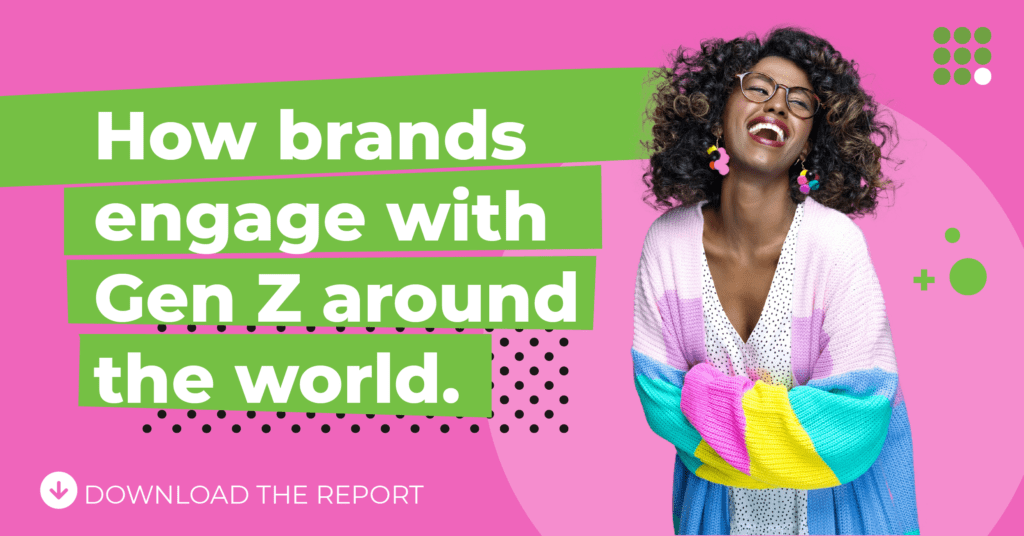

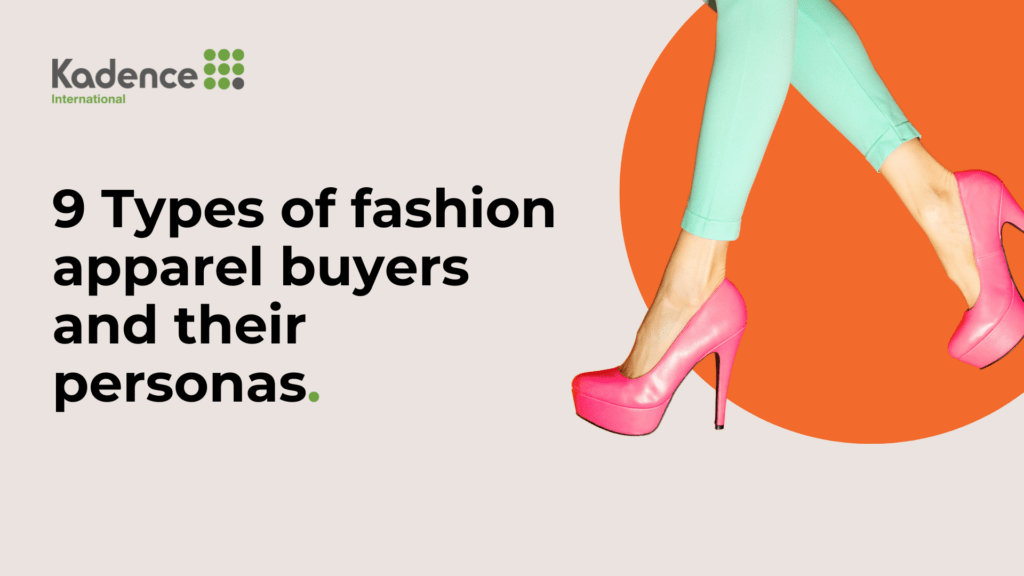

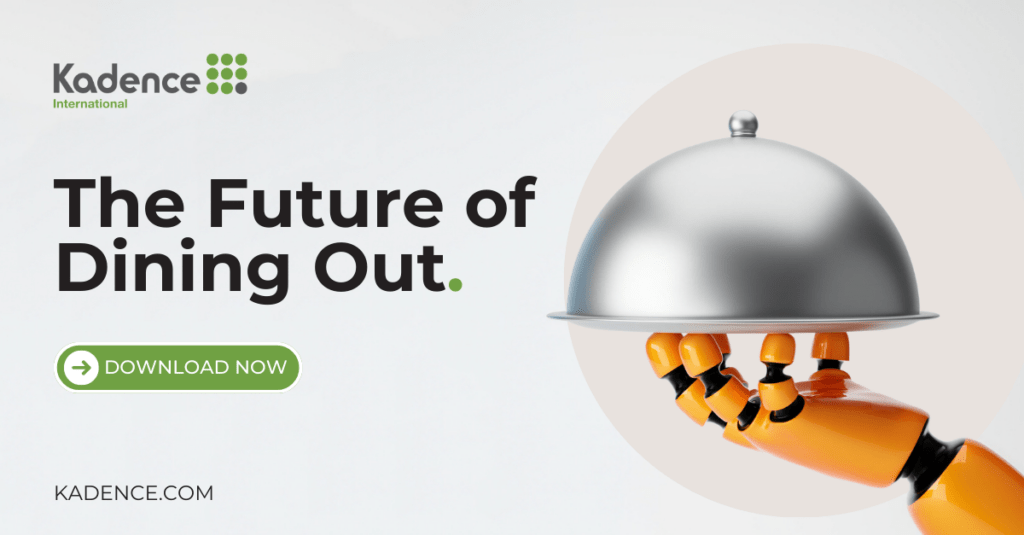

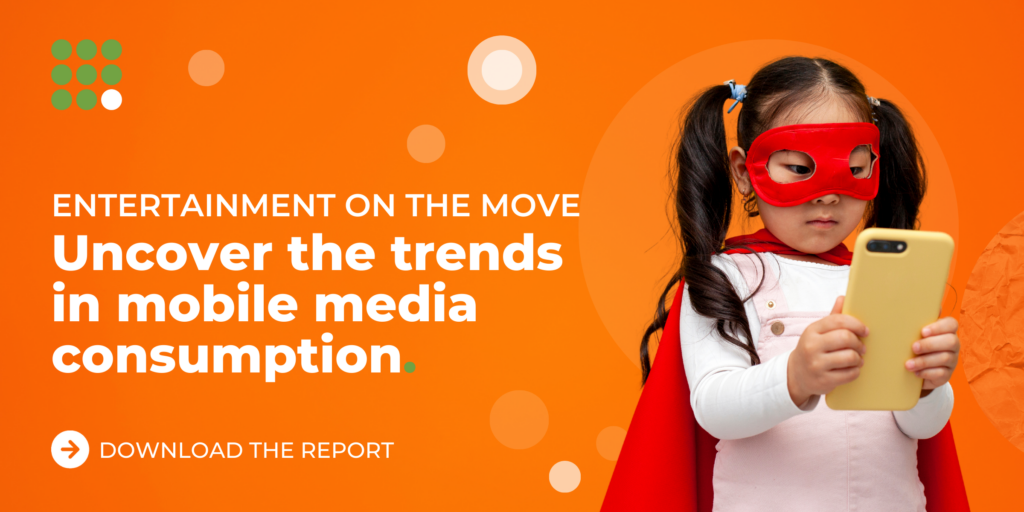

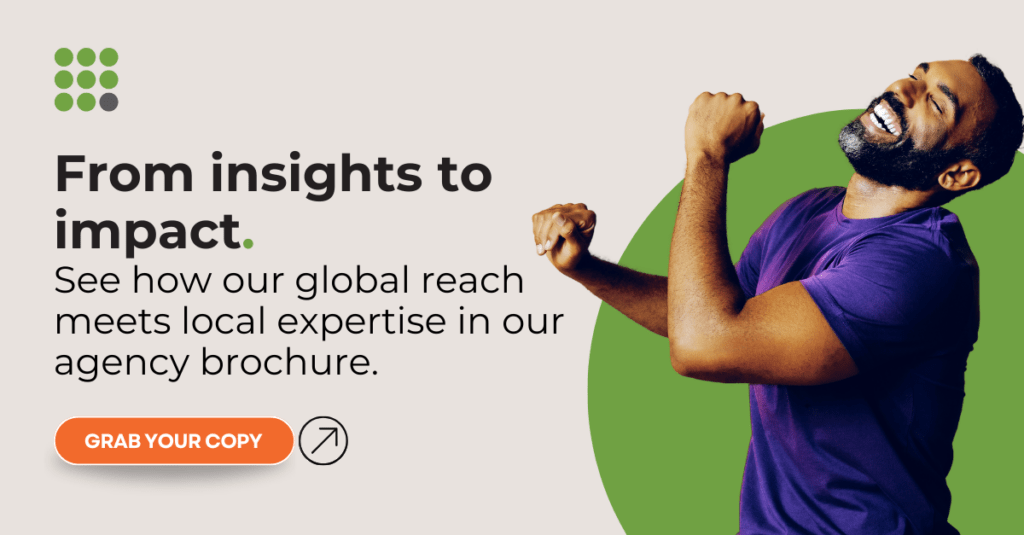
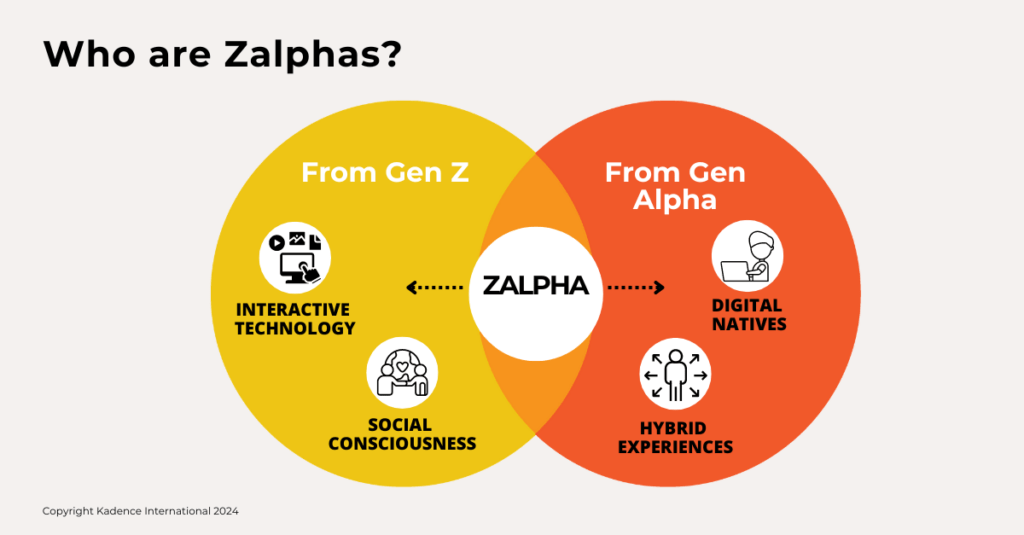

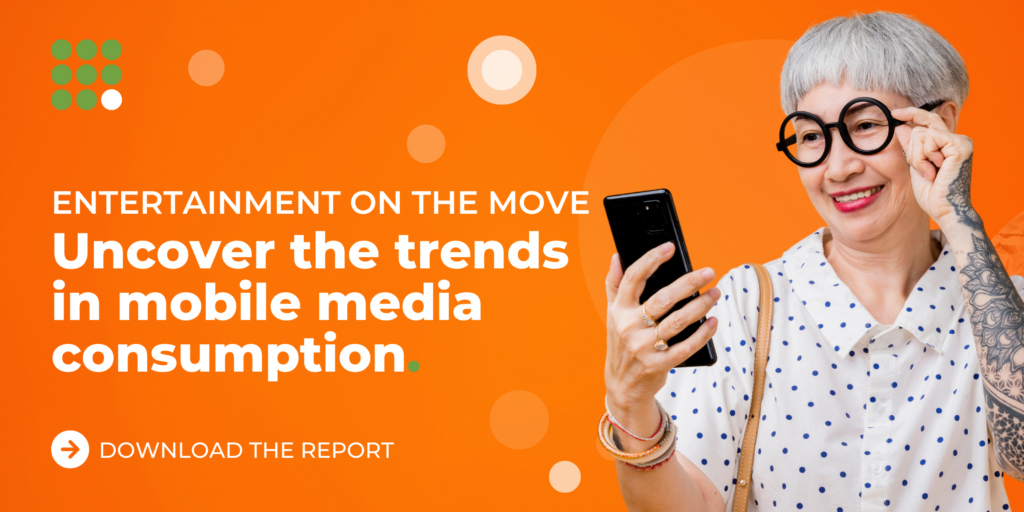


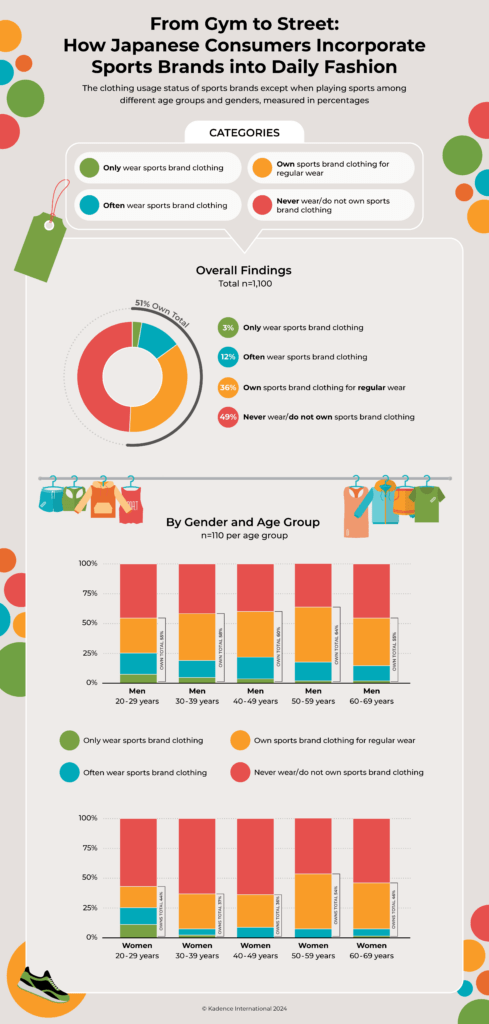
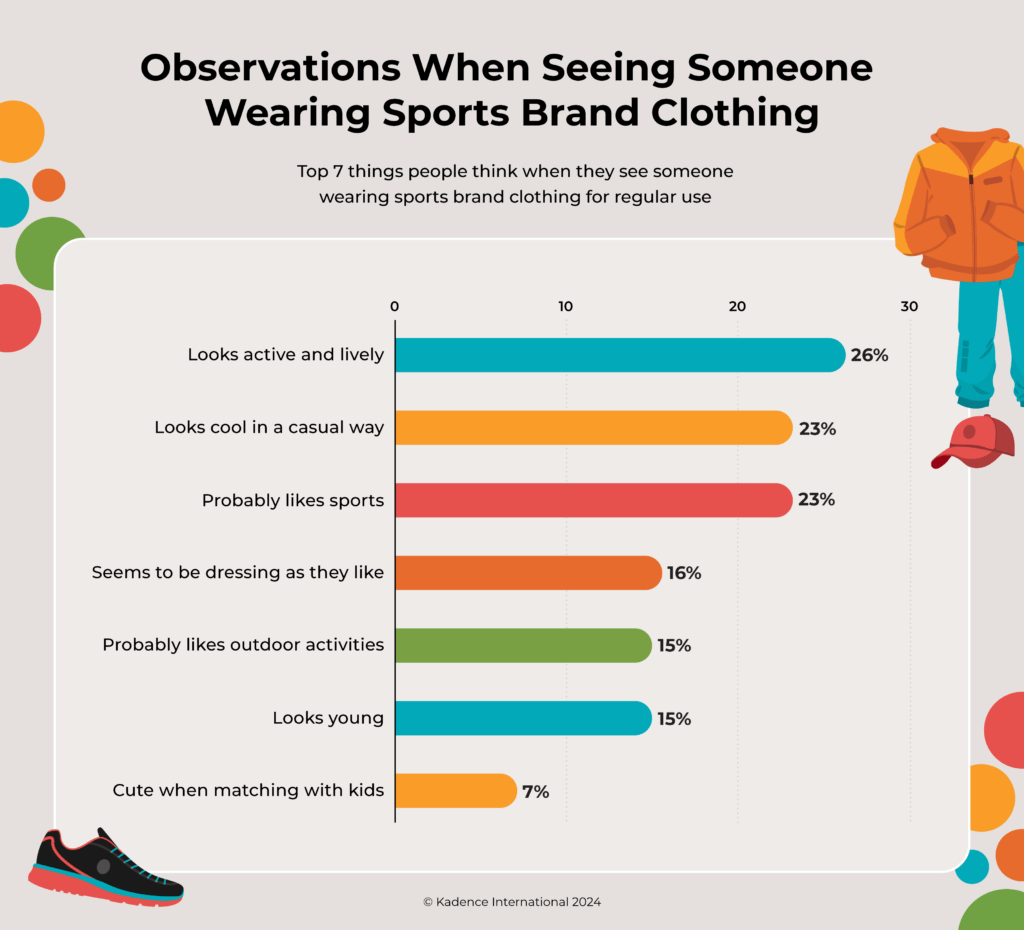
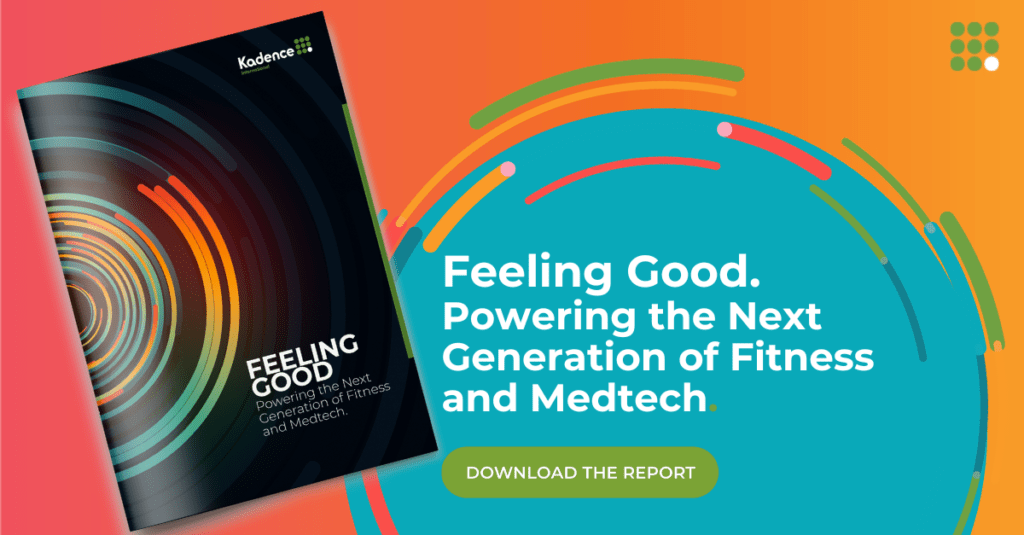
 Senior Marketing Executive
Senior Marketing Executive Sales & Marketing
Sales & Marketing General Manager PR -Internal Communications & Government Affairs
General Manager PR -Internal Communications & Government Affairs Vital Strategies
Vital Strategies
 Customer Intelligence Director
Customer Intelligence Director